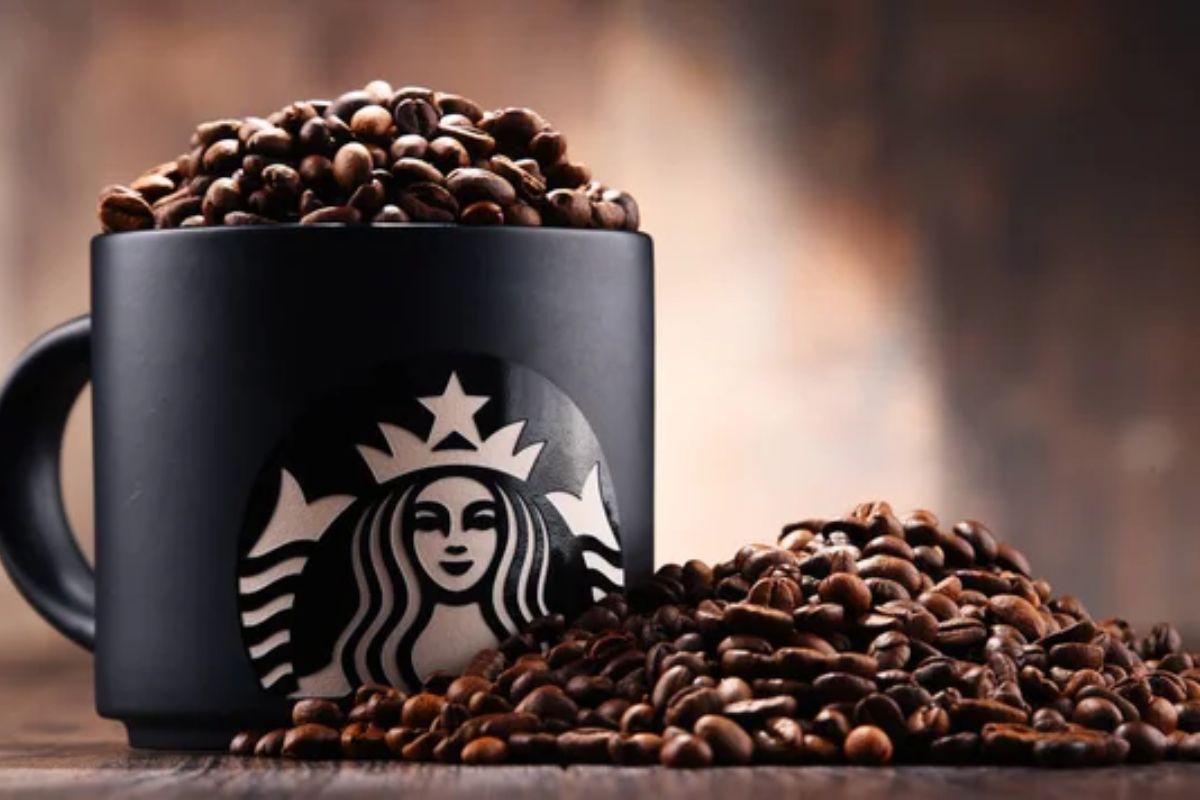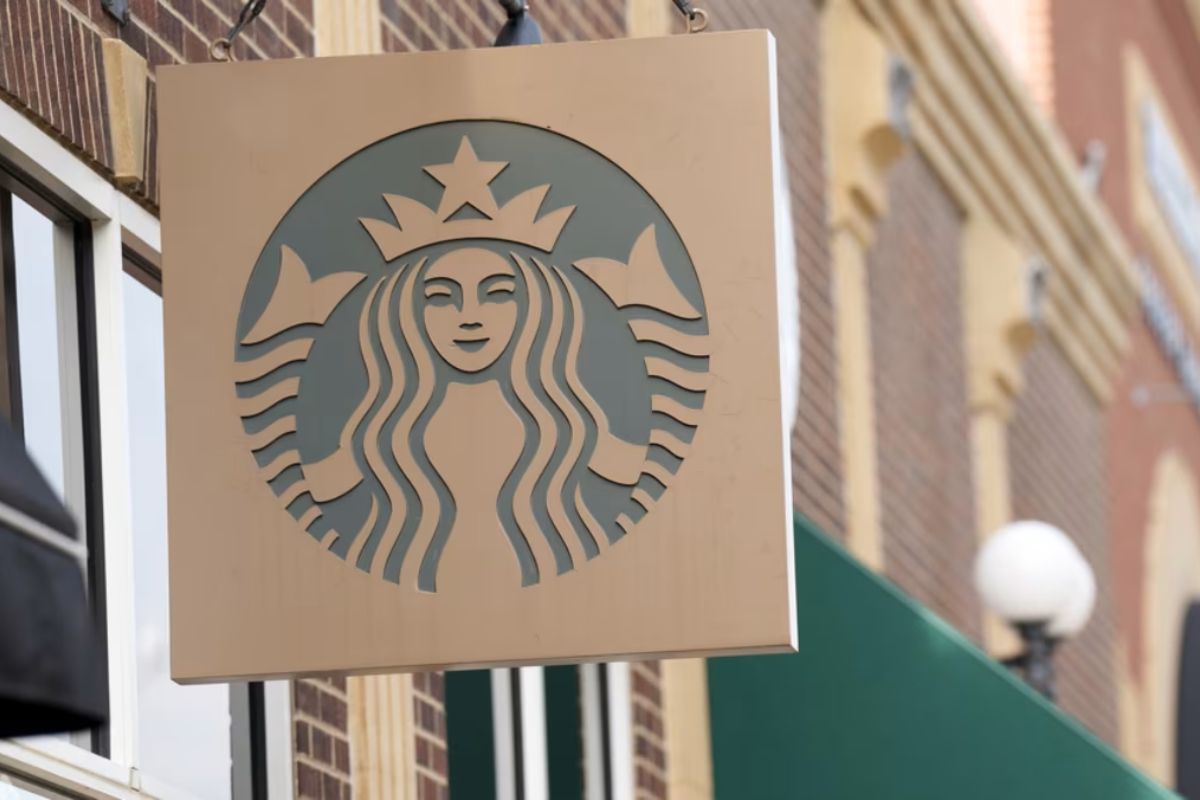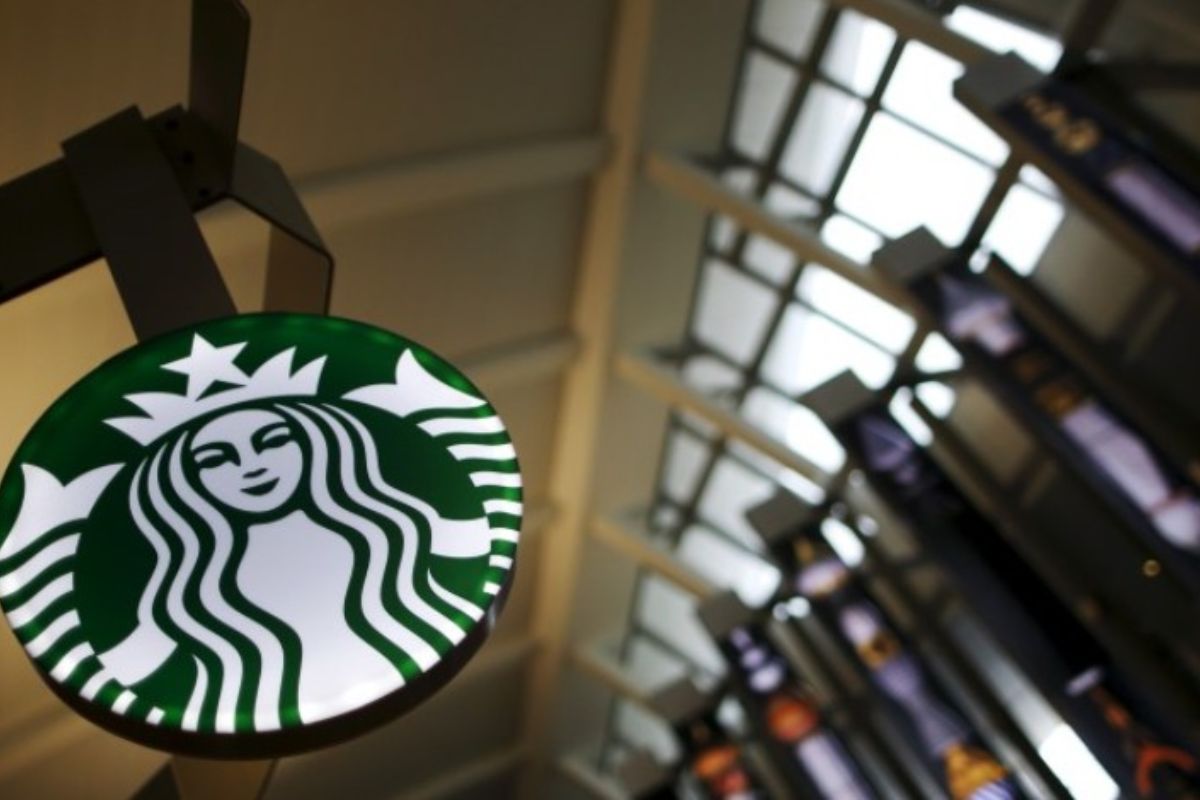Starbucks Cuts Sales View: Starbucks, the global coffee giant, recently announced a lower sales forecast for the year, citing tensions in the Middle East as a key factor contributing to this adjustment. This news comes as no surprise, given the ongoing conflicts and political instability in the region.
However, what is more concerning is the potential ripple effect of these tensions on the company’s overall performance and growth prospects. As we delve into the first-quarter results and assess Starbucks’ strategies to overcome these challenges, it becomes evident that the impact of Middle East tensions extends beyond the region itself, raising questions about the company’s ability to navigate a complex global landscape.
Amidst this uncertainty, analysts and investors are eagerly waiting to see how Starbucks plans to address these concerns and whether their optimism for the company’s future is justified.
Key Takeaways
- Middle East conflict has led to a downward revision of Starbucks’ annual sales forecast.
- The Israel-Hamas conflict has disrupted business operations in the Middle East and impacted some operations in the United States.
- Consumer protests have resulted in a reassessment and adjustment of sales projections.
- The challenging environment created by the Middle East conflict has affected consumer sentiment and led to a decision to lower the sales forecast.
Starbucks Lowers Annual Sales Forecast: Impact of Middle East Conflict
The impact of the Middle East conflict on Starbucks’ annual sales forecast has prompted a downward revision, reflecting the significant challenges faced in the region and their subsequent repercussions on the company’s operations.
Also Read: Starbucks Appeals ‘Memphis 7’ Unionization Case to Supreme Court
The Israel-Hamas conflict has had a profound effect on Starbucks’ Middle East business, leading to a revision of its sales forecast. CEO Laxman Narasimhan has highlighted the difficulties faced in the region, which have created a ripple effect impacting some U.S. operations due to consumer protests.
This situation has forced Starbucks to reassess its projections and make the necessary adjustments. The Middle East conflict has undoubtedly created a challenging environment for Starbucks, as it has disrupted its operations and affected consumer sentiment.
As a result, the company has made the decision to lower its annual sales forecast in order to accurately reflect the current circumstances.
First-Quarter Results: U.S. Decline in Demand and Market Expectations
Following the impact of the Middle East conflict on Starbucks’ annual sales forecast, attention now turns to the first-quarter results in the United States. These results reveal a decline in demand for coffee and cold drinks, falling short of market expectations.
Despite this underperformance, Starbucks’ shares experienced a 4% rise, as analysts anticipated an even worse sales performance. This decline in demand is concerning for Starbucks, as it indicates a potential shift in consumer preferences or a slowdown in the overall market.
It is essential for Starbucks to analyze the reasons behind this decline and develop strategies to address the changing consumer landscape. This may involve introducing new products or revamping existing offerings to cater to evolving tastes and preferences. Additionally, Starbucks should consider expanding its digital presence and leveraging technology to attract and retain customers in an increasingly competitive market.
Starbucks Adapts to Challenges: U.S. Promotional Offers and Recovery Strategies
In response to the challenges faced in the United States, Starbucks has implemented promotional offers and devised recovery strategies to mitigate the impact of declining demand. These strategies indicate a proactive approach by the company to adapt and overcome the obstacles it faces.
The following are some key actions Starbucks has taken:
- Promotional Offers: Starbucks has introduced limited-time promotions and discounts to attract customers and drive sales. These offers aim to incentivize consumers to choose Starbucks over competitors and boost overall demand.
- Menu Innovations: The company has also focused on menu innovations, introducing new beverages and food items to cater to evolving consumer preferences. By constantly refreshing its offerings, Starbucks aims to maintain customer interest and encourage repeat visits.
- Store Optimizations: Starbucks has been optimizing its store layouts and operations to improve efficiency and enhance the overall customer experience. This includes streamlining processes, implementing technology solutions, and redesigning store formats to better serve customers.
- Digital Initiatives: Starbucks has been investing in digital initiatives, such as its mobile app and loyalty program, to enhance customer engagement and retention. These initiatives not only facilitate convenient ordering and payment options but also provide personalized offers and rewards to incentivize repeat visits.
Through these promotional offers and recovery strategies, Starbucks is actively adapting to the challenges in the U.S. market and working towards sustaining its growth and profitability.
Global Sales Forecast Adjustment: China’s Slow Recovery and International Challenges
Starbucks’ proactive approach to adapt and overcome challenges in the United States has now led to a necessary adjustment in its global sales forecast, as the company faces the slower-than-expected recovery in China and international challenges. Despite a 10% increase in comparable sales in the quarter, the cautious consumer spending in China has hindered the company’s growth expectations.
As a result, Starbucks has revised its full-year global and U.S. comparable sales growth expectations downward, reflecting the challenges faced not only in China but also internationally. This adjustment highlights the need for Starbucks to carefully navigate the complexities of the global market and adapt its strategies accordingly.
| Challenge | Impact | Adjustment |
|---|---|---|
| Slower-than-expected recovery in China | Hinders growth expectations | Revision of full-year global and U.S. comparable sales growth expectations downward |
| International challenges | Adds complexity to global market | Calls for careful navigation and adaptation of strategies |
Starbucks’ Forward Strategy: Addressing Concerns and Analysts’ Optimism
With concerns surrounding global and U.S. same-store sales growth, analysts remain optimistic about Starbucks’ proactive approach and its ability to navigate top-line pressures and adapt to evolving market conditions.
Expansion into new markets: Starbucks has a strong track record of successfully entering new markets and tailoring its offerings to local tastes and preferences. This allows the company to tap into new revenue streams and mitigate the impact of any slowdown in existing markets.
Product innovation and menu diversification: Starbucks continues to invest in new product development, expanding its menu to cater to changing consumer preferences. By offering a wide range of beverages, food items, and even plant-based alternatives, the company can attract a diverse customer base and maintain its competitive edge.
Digital transformation: Starbucks has been at the forefront of leveraging technology to enhance the customer experience. By investing in mobile ordering, delivery services, and loyalty programs, the company can drive customer engagement and increase sales through convenience and personalization.
Focus on sustainability and social responsibility: Starbucks’ commitment to sustainability and social responsibility resonates with consumers, particularly younger generations who value ethical practices. By prioritizing initiatives such as ethical sourcing, waste reduction, and community engagement, Starbucks can differentiate itself in the market and appeal to socially-conscious consumers.
Conclusion Of Starbucks Cuts Sales View
Starbucks has faced numerous challenges in the past year. These challenges include the impact of Middle East tensions, declining demand in the U.S., and slow recovery in China. However, the company has shown resilience by adapting to these obstacles. They have implemented promotional offers and recovery strategies to mitigate the effects of the challenges.
While the global sales forecast has been adjusted due to international challenges, Starbucks remains optimistic. They are confident in their ability to address concerns and move forward with their strategic plans.
Our Reader’s Queries
Q1 Why is Starbucks famous for?
A Starbucks owes its success to a combination of factors outlined in a study by Danish analyst Martin Roll. The brand’s philosophy, strategy, and communication have played pivotal roles in its achievements. Since its inception in the 1990s, the coffee chain has meticulously constructed its brand, emphasizing a superb customer experience.
Q2 Who is CEO of Starbucks?
A In 2022, Laxman Narasimhan assumed the role of CEO at Starbucks, taking over from the company’s founder, Howard Schultz. With approximately 30 years of experience, the 56-year-old executive has demonstrated leadership in global businesses, restaurants, e-commerce, and advisory roles within the retail sector.
Q3 Which country brand is Starbucks?
A A chain comprises numerous stores owned by a single company, often sharing a uniform appearance and offering identical items, frequently at consistent prices. Alongside coffee, Starbucks features a range of beverages and baked goods. Notably, the original Starbucks store is located in Pike Place Market, Elliott Bay, Seattle, Washington, U.S.




